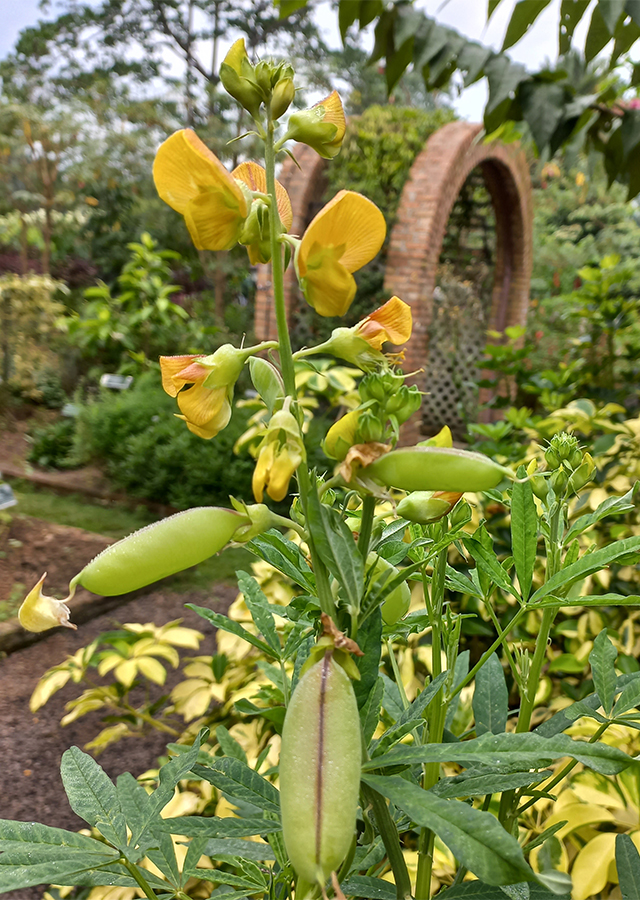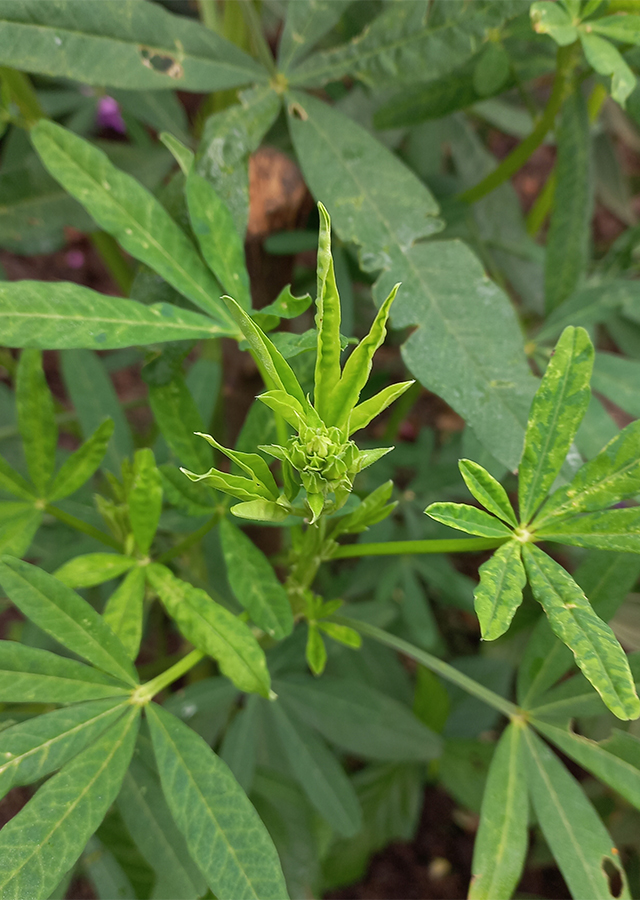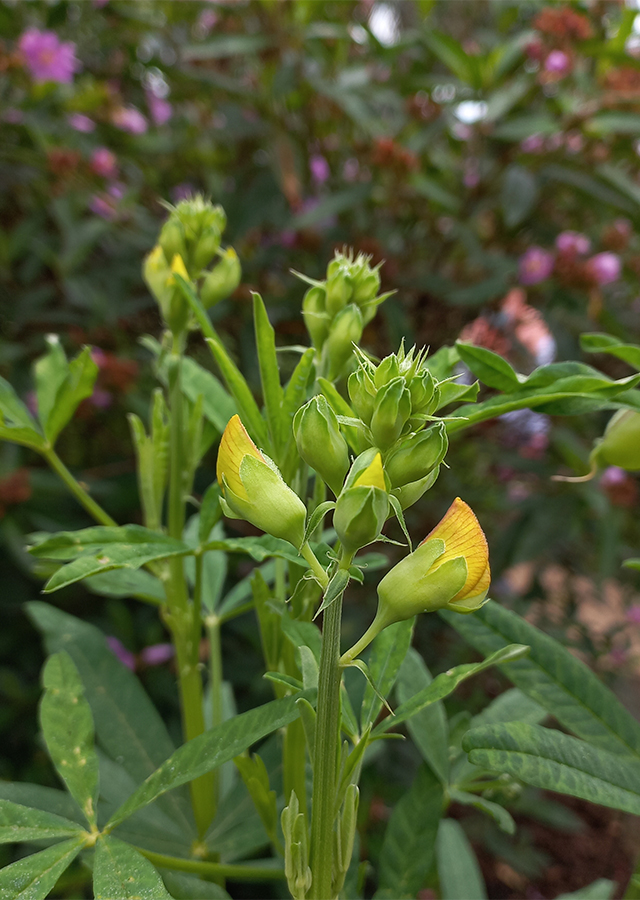Traditional Herbs from Crotalaria quinquefolia
snake_bite
- Take enough Crotalaria quinquefolia seeds, then wash them until clean.
- Grind the seeds until smooth.
- Put the ground product\u00a0on\u00a0the snake bite wound.
What is Crotalaria quinquefolia Looks like??



Parts of Crotalaria quinquefolia that could be used
- Leaves
- Seeds
Crotalaria quinquefolia Distribution
Crotalaria quinquefolia is a weed with a wide distribution from India throughout Southeast Asia to Australia. The genus Crotalaria consists of approximately 600 species distributed throughout tropical and subtropical regions of the world. This plant is usually taken from nature for local use as medicine and a source of fiber. The bark of this plant is a good source of fiber. Based on its function as a medicinal plant, Crotalaria quinquefolia leaves are often combined with Crotalaria retuse leaves, to be used internally and externally as a treatment to reduce fever, while the seeds are used to treat snake and millipede bites. Apart from being a medicinal plant and source of fiber, Crotalaria quinquefolia is widely planted as a ground cover plant and green manure in India and Vietnam. The steamed flowers can also be consumed as a vegetable.Agroecology of Crotalaria quinquefolia
Crotalaria quinquefolia usually grows as a weed in fields, especially wet rice fields and damp places, and is also found in open forests, swamps, along roadsides, old fields and trash, at altitudes up to 900 m above sea level. This plant likes a bright position in the sun, with dry to moist, well-drained soil.
Morphology of Crotalaria quinquefolia
- Taproot.
- The stem has angular grooved branches, greenish in color, thornless, hairy.
- Leaves alternate, palmately compound bearing five leaves (5-foliolate), stipules sickle-shaped, leaf blades linear-oval, leaf margins are flat, glabrous on the upper surface, hairy on the lower surface, long petioles.
- Flowers have a yellow corolla, pink-purple veins, larger size than the petals, the petals almost round, beaked. Petals glabrous, ten stamens long, anthers at two different levels (alternating long and short filaments), filaments united in an open sheath cylindrical, large, about 7 cm long and 2 cm in diameter, glabrous, brown, each fruit contains up to 30 seeds. The fruit is bulging, and when ripe the loose seeds will ring inside.
- The seeds are shaped like a kidney (reniform), about 4 mm \u00d7 3.5 mm, brownish.
Cultivation of Crotalaria quinquefolia
- Generative propagation (seeds).
- Soaking seeds for 12 hours in warm water can help reduce germination time.
Crotalaria quinquefolia, more details :
Chemical Content of Crotalaria quinquefoliaPyrrolizidine alkaloids, monocrotaline.
Benefits of Crotalaria quinquefolia
Treats snake and millipede bites, fever, scabies, impetigo, and lung disease.
Simplisia of Crotalaria quinquefolia
Another Facts for Crotalaria quinquefolia :
Synonym of Crotalaria quinquefoliaCrotalaria anisophylla Urb., Crotalaria heterophylla L.f., Lupinus javanicus Burm.f.
Habitus of Crotalaria quinquefolia
Herb. Erect, annual herb, up to 2 m high
Habitat of Crotalaria quinquefolia
- Forest
- Roadside
- Land
No comments:
Post a Comment